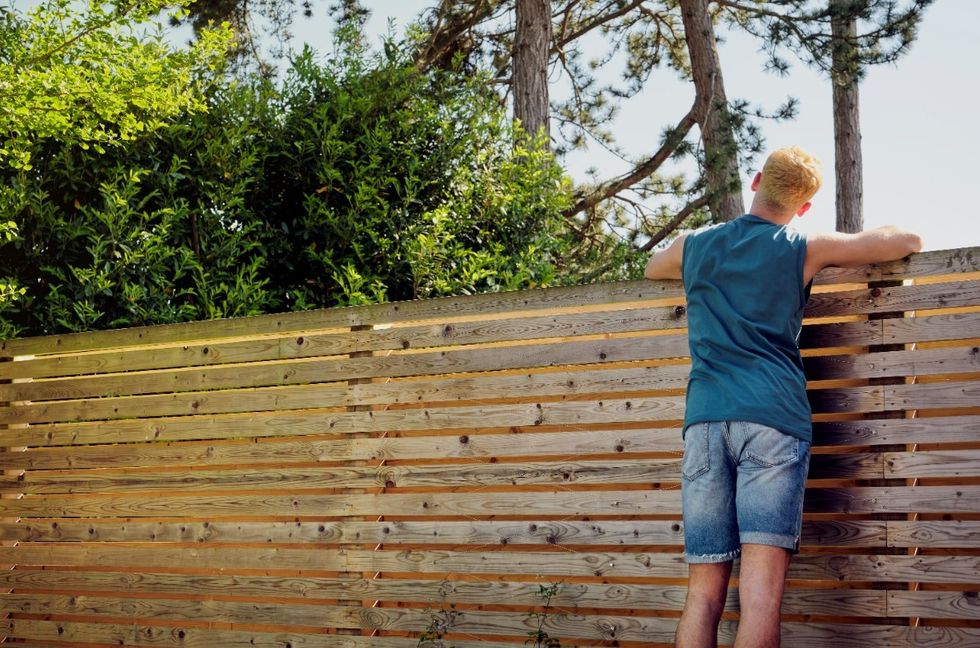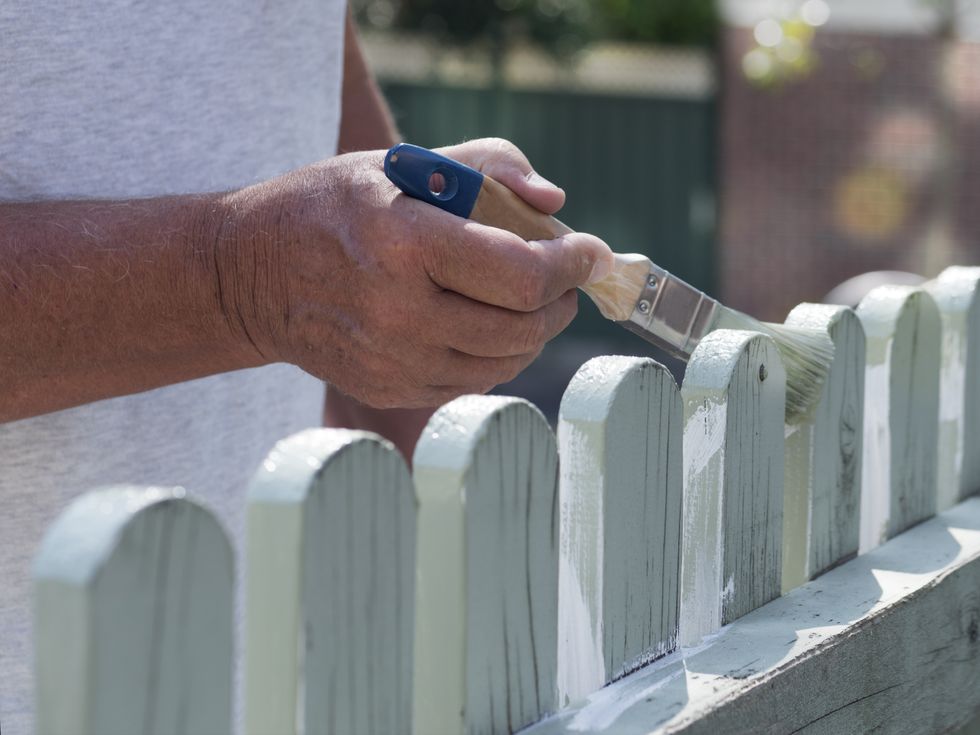Selling a property? Your garden fence could put off almost 50% of potential buyers

Inadequate fencing or a poor design could inhibit your chances of securing an offer
Don't Miss
Most Read
Latest
Just like overlooking the most "neglected" part of your house can drive away prospective buyers, a poor-quality fence could have viewers running for the hills.
Indeed, new research indicates that substandard boundary fencing could deter almost half of prospective property buyers in the UK.
The study, commissioned by DIY specialists Ronseal and surveying 500 British adults of various homeownership statuses, discovered that 47 per cent would reject a property featuring inadequate fencing.
The findings revealed even stronger reactions to properties lacking boundaries entirely. Seven in 10 respondents confirmed they would decline to submit an offer on homes without any perimeter fencing.
Additionally, aesthetic considerations proved significant, with 38 per cent of potential purchasers stating that fence design alone could influence their decision against proceeding with a property purchase.
"Unpredictable" weather events at the end of 2024 and the start of 2025 have left British garden boundaries in deteriorating conditions.
Indeed, research from Ronseal's 2025 Home & Garden DIY Report shows that fewer than one quarter of UK property owners report their fencing remains in satisfactory condition.
The survey found 40 per cent of homeowners acknowledge their boundaries need cosmetic attention while maintaining structural integrity. Meanwhile, five per cent require complete fence replacement.
Winter storms, including Darragh and Éowyn, inflicted substantial damage on residential fencing throughout Britain.

The quality of your fence may matter more than you think, DIY experts have warned
|GETTY IMAGES
These weather systems particularly affected garden boundaries, leaving numerous properties with compromised or destroyed fence panels requiring urgent attention from homeowners.
However, poor weather cannot be wholly blamed for the nation's shoddy fences.
Outdoor maintenance consistently ranks as Britain's most "neglected" home improvement category, according to the research.
Cleaning exterior paving and decking tops the list of deferred tasks, with 35 per cent of property owners admitting to postponement.
LATEST DEVELOPMENTS:

For a perfect finish, your fence needs to be completely dry before painting
|GETTY IMAGES
This is closely followed by gutter maintenance, neglected by 31 per cent, while lawn care tasks are delayed by 22 per cent of homeowners.
Many wait for ideal conditions, with 12 per cent specifically postponing garden work until bank holiday weekends.
However, approximately one-third of UK property owners address outdoor maintenance requirements immediately when problems arise, regardless of weather conditions.
In light of the findings, Ronseal's DIY specialist Jimmy Englezos offered guidance to those looking to invest in a new fence.
He stressed that homeowners should always evaluate their fencing requirements carefully before investing.
"Before purchasing a new fence, you'll need to work out how many panels you need, the size of the panels, and the type of post," he said.
Three primary fencing options exist for British properties. Closeboard designs utilise vertical overlapping timber boards, offering maximum durability but higher costs.
Overlap fencing incorporates horizontal boards, providing economical solutions with reduced strength.
Palisade or picket styles feature spacing between panels, serving decorative purposes while establishing property boundaries without complete privacy.
How to paint your fence
For those whose fence requires a little TLC, Jimmy shared his quick and easy guide to fence painting, including optimal painting schedules, appropriate tool selection and proper panel cleaning techniques for fence preservation.
Check the weather forecast
Your fence needs to be completely dry before painting, so choose a dry day to ensure the wood absorbs the paint. Don't paint when it’s too hot, as the paint might flake off.
Clean your fence
Cleaning your fence before painting helps ensure an even finish. If the fence is covered in dirt or mould, use a diluted general-purpose cleaner to remove it, or a stiff wire brush for lighter dirt.
Remove old paint
Sand any existing flaky paint using a power sander or sandpaper.
Lay down dust sheets
To protect the rest of your garden, lay down dust sheets on any nearby plants or furniture.
Stir the paint
Thoroughly stir your fence paint with a paintbrush or wooden tool to ensure a consistent colour.
Choose the right tools
Painting a fence with a paintbrush is slow but will ensure the most precise application, especially for latticing and intricate details. It's quicker to use a roller, which can also help you achieve an even finish. A paint sprayer is the fastest option, but careful application is required to avoid overspray.
Begin painting
Once you've chosen the best application for your project, it's time to start painting.











